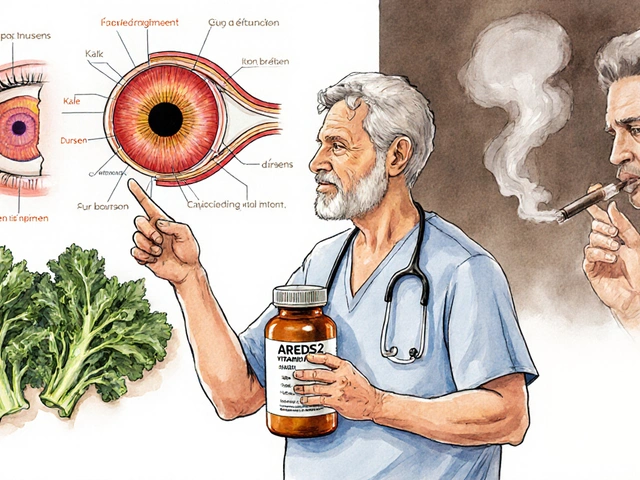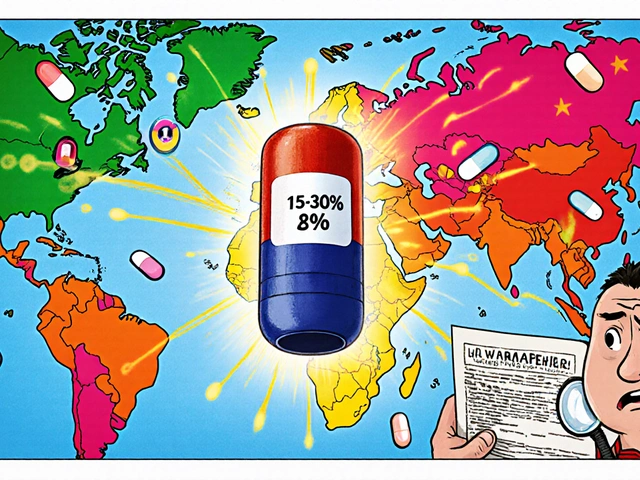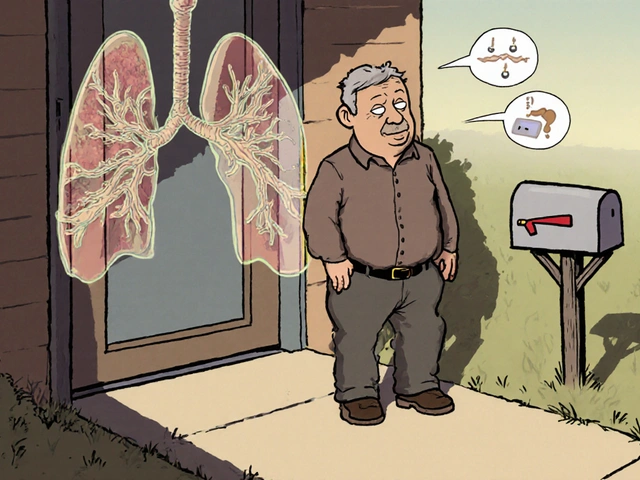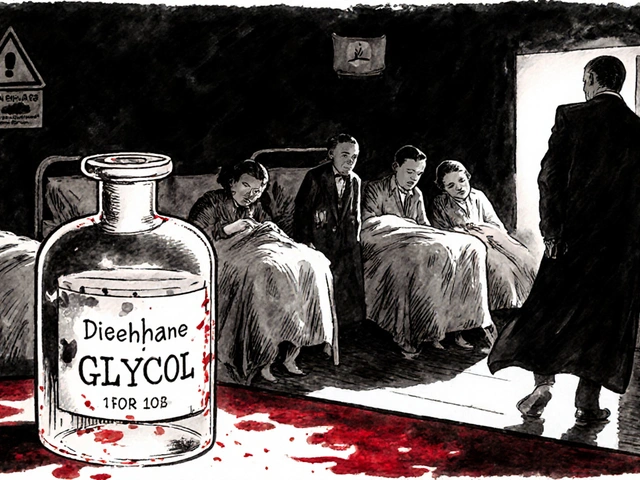Antiretroviral Therapy: What It Is and How to Use It Safely
Antiretroviral therapy (ART) is the medicine plan that keeps HIV under control. The goal is simple: reduce the virus to an undetectable level and protect your immune system. When that happens, you stay healthier and the chance of passing HIV to others drops to nearly zero. That makes getting on and sticking with ART one of the best moves you can make for your health.
How ART Works and common drug types
ART uses a mix of drugs that stop the virus at different steps. You’ll often hear about drug classes like NRTIs (nucleoside reverse transcriptase inhibitors), NNRTIs (non-nucleoside reverse transcriptase inhibitors), PIs (protease inhibitors), and INSTIs (integrase strand transfer inhibitors). Modern regimens usually combine two NRTIs with a third drug, often an INSTI. Your doctor picks drugs based on viral resistance tests, side effects, other medicines you take, and any health conditions you have.
Sticking with your meds and handling side effects
Taking ART every day, exactly as prescribed, matters more than you might think. Missed doses let HIV replicate and raise the risk of resistance. Simple habits help: set phone alarms, keep meds where you’ll see them, link doses to daily routines like brushing teeth. If a dose is missed, follow your clinic’s specific advice—don’t double-dose without checking.
Side effects can show up at first: nausea, fatigue, headaches, or sleep changes. Most ease after a few weeks. If side effects continue or get worse, call your provider—there are almost always alternative drugs or ways to manage symptoms. Also watch for drug interactions. Stomach acid reducers, some antibiotics, and herbal supplements like St. John’s wort can change ART levels. Always tell your clinician and your pharmacist about everything you take.
Resistance testing and regular monitoring matter. Your care team will check viral load and CD4 counts at set intervals. If your viral load isn’t falling, resistance testing helps pick the next regimen. Don’t skip lab visits even if you feel fine.
Pregnancy and planning are handled differently. Many ART options are safe in pregnancy and can prevent transmission to the baby. If you’re trying to conceive or become pregnant, talk to your clinician early so they can tailor treatment and protect you and your child.
Worried about cost or where to fill prescriptions? Ask your clinic about patient assistance programs, manufacturer coupons, and generic options. If you buy from online pharmacies, choose accredited sites and verify the pharmacy’s license. Avoid unfamiliar stores that demand payment by odd methods or won’t require a prescription.
One last practical tip: join a support group or ask for adherence counseling if you struggle with daily doses. Small changes—pillboxes, reminders, and a clear plan with your care team—make a big difference. If anything feels off, call your provider. Early fixes keep treatment working and keep you healthy.
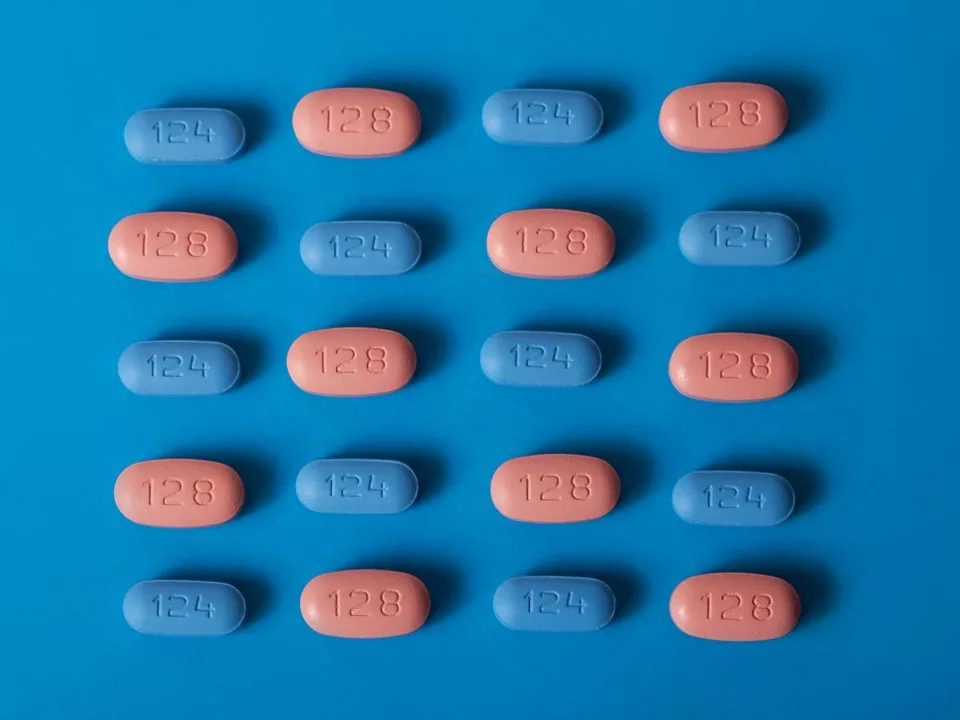
The cost-effectiveness of darunavir in HIV treatment
As a blogger, I recently came across some interesting findings on the cost-effectiveness of darunavir in HIV treatment. Darunavir, a protease inhibitor, has been shown to be highly effective in suppressing HIV and improving the health of patients. What I found particularly fascinating is that the drug's cost-effectiveness makes it a viable option for many patients, especially when compared to other HIV treatments. This is great news, as it means more people living with HIV can access this life-saving treatment without breaking the bank. In summary, darunavir's proven efficacy and cost-effectiveness make it an important addition to the arsenal of HIV treatment options.
View More
